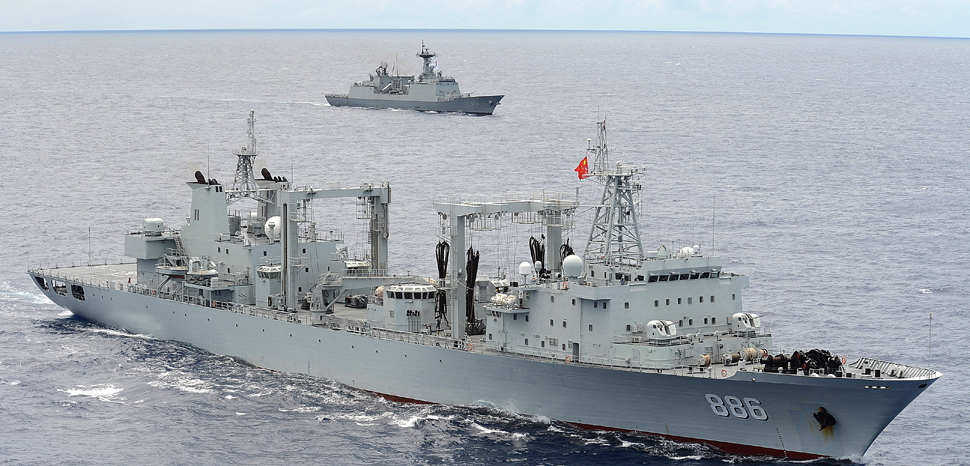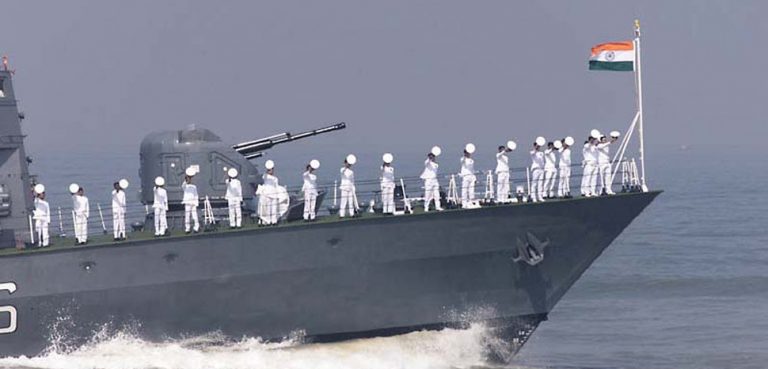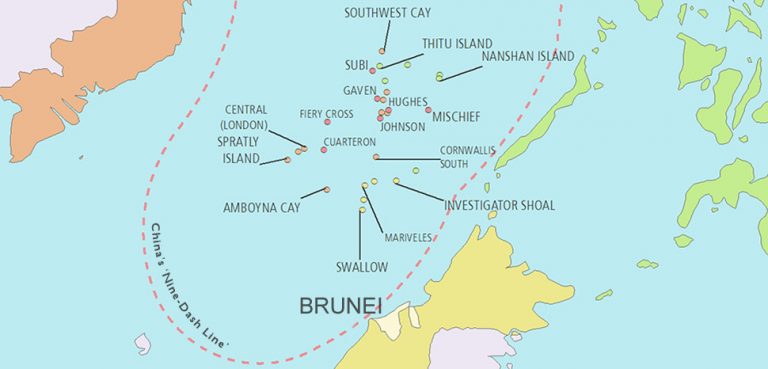Summary
China’s dependency on the sea lanes of communication (SLOC) for trade and energy supply is a well-known fact, just like the security problem it creates for the PRC: all ships to and from its territory must cross several chokepoints that could be easily blocked off by a hostile power in the case of a military conflict. Considering the mounting rivalry with the United States and its allies, this prospect has become a serious challenge for China’s security planners. Unsurprisingly, the leadership in Beijing is taking measures to solve the issue, which could possibly include setting up new military bases abroad.




